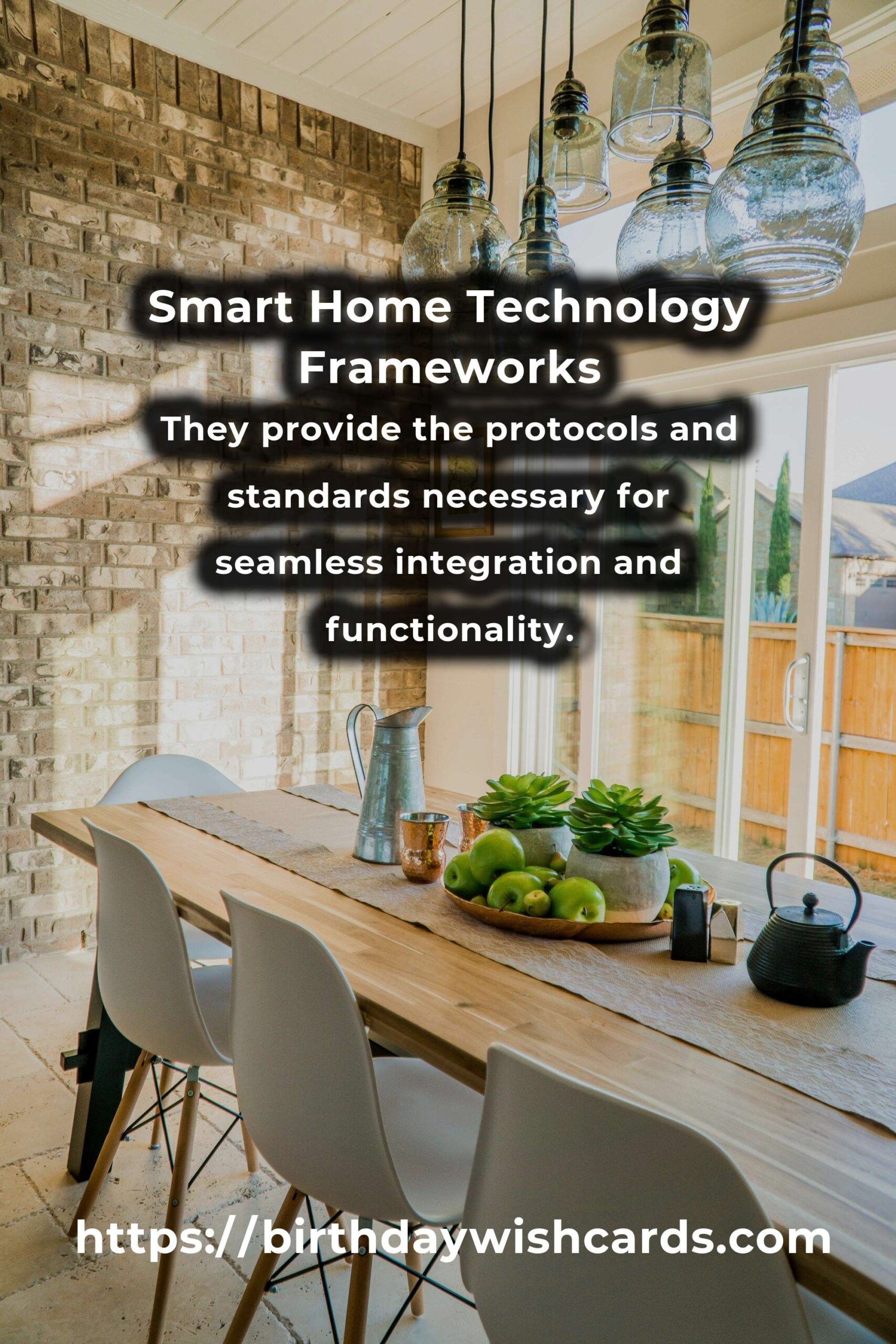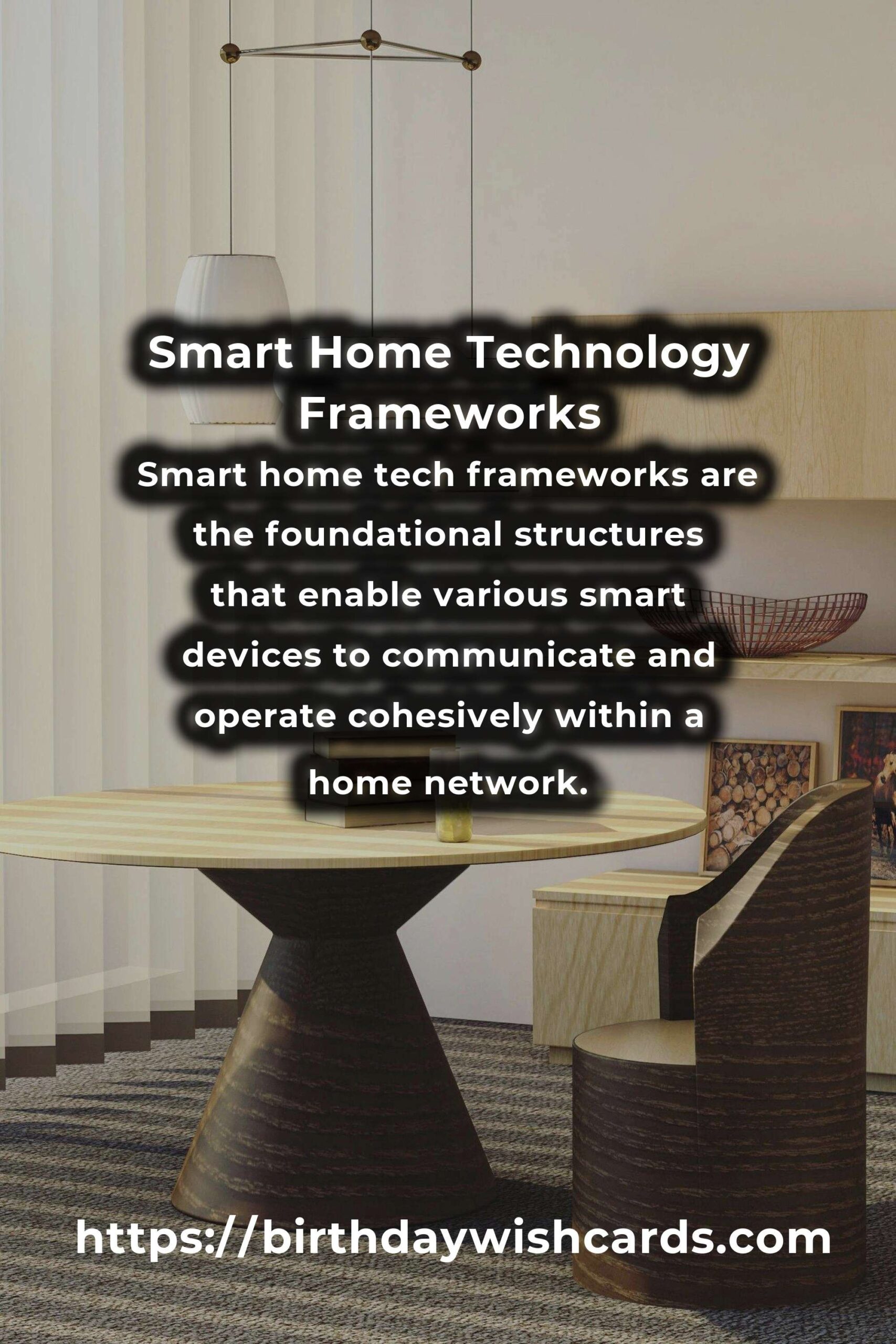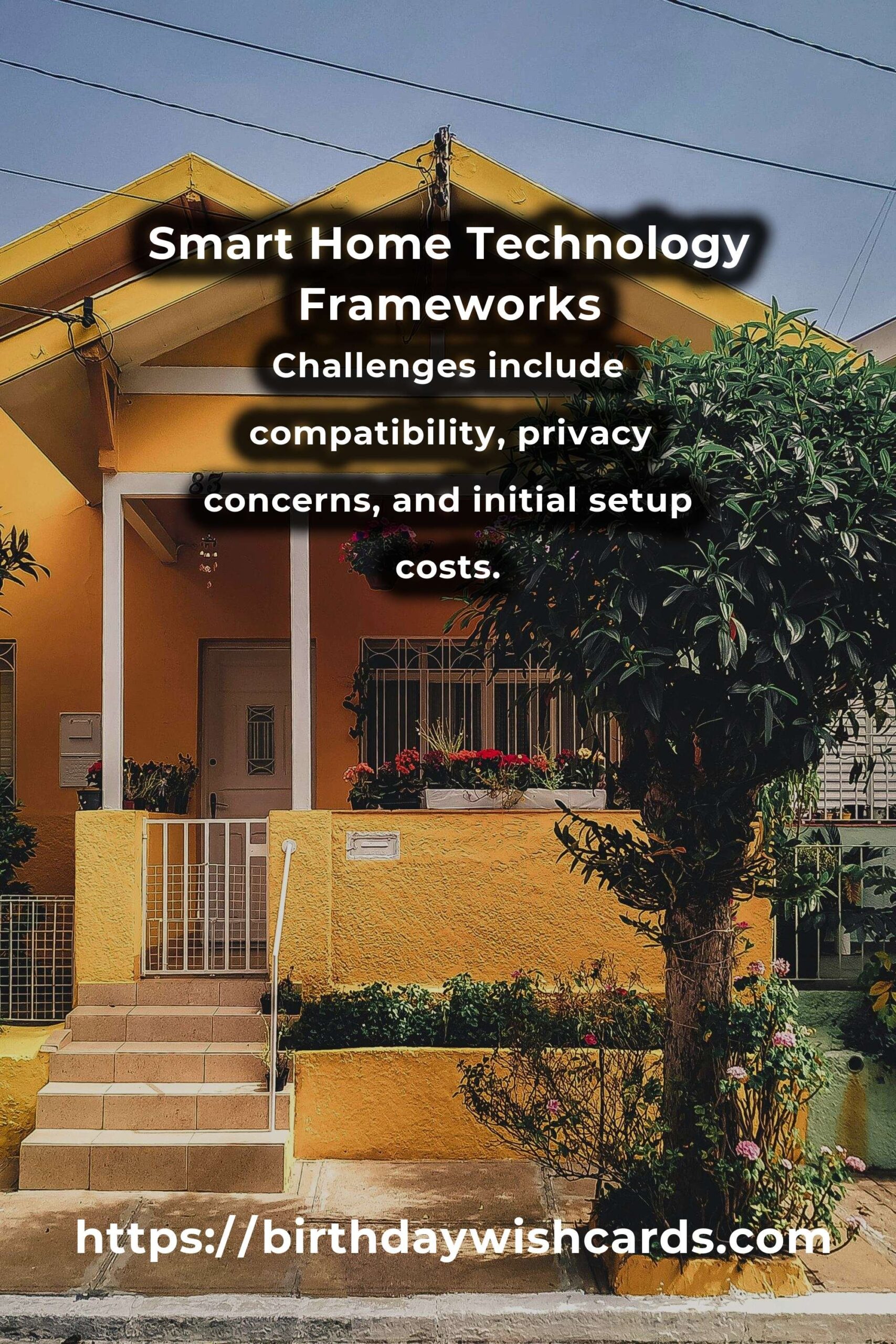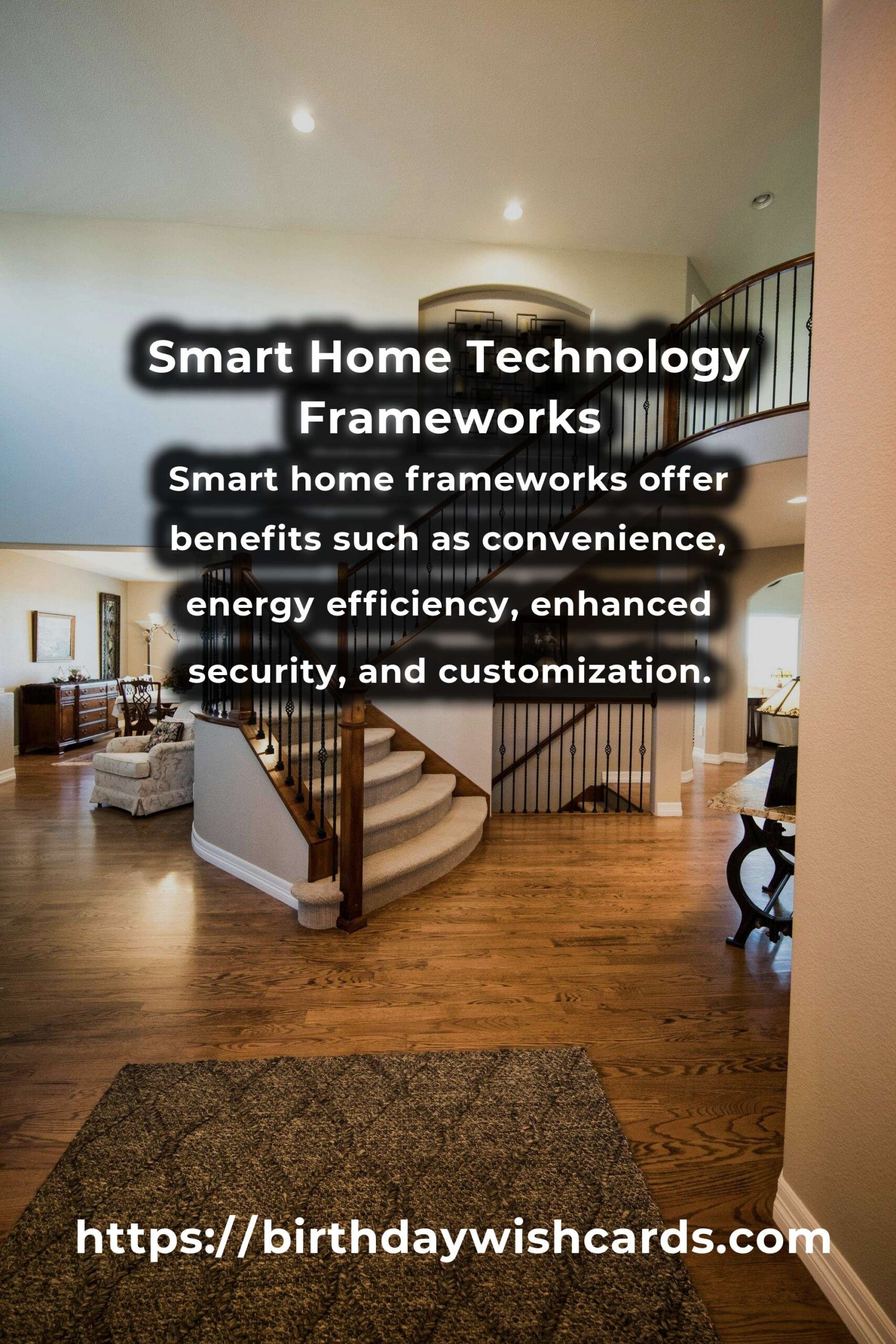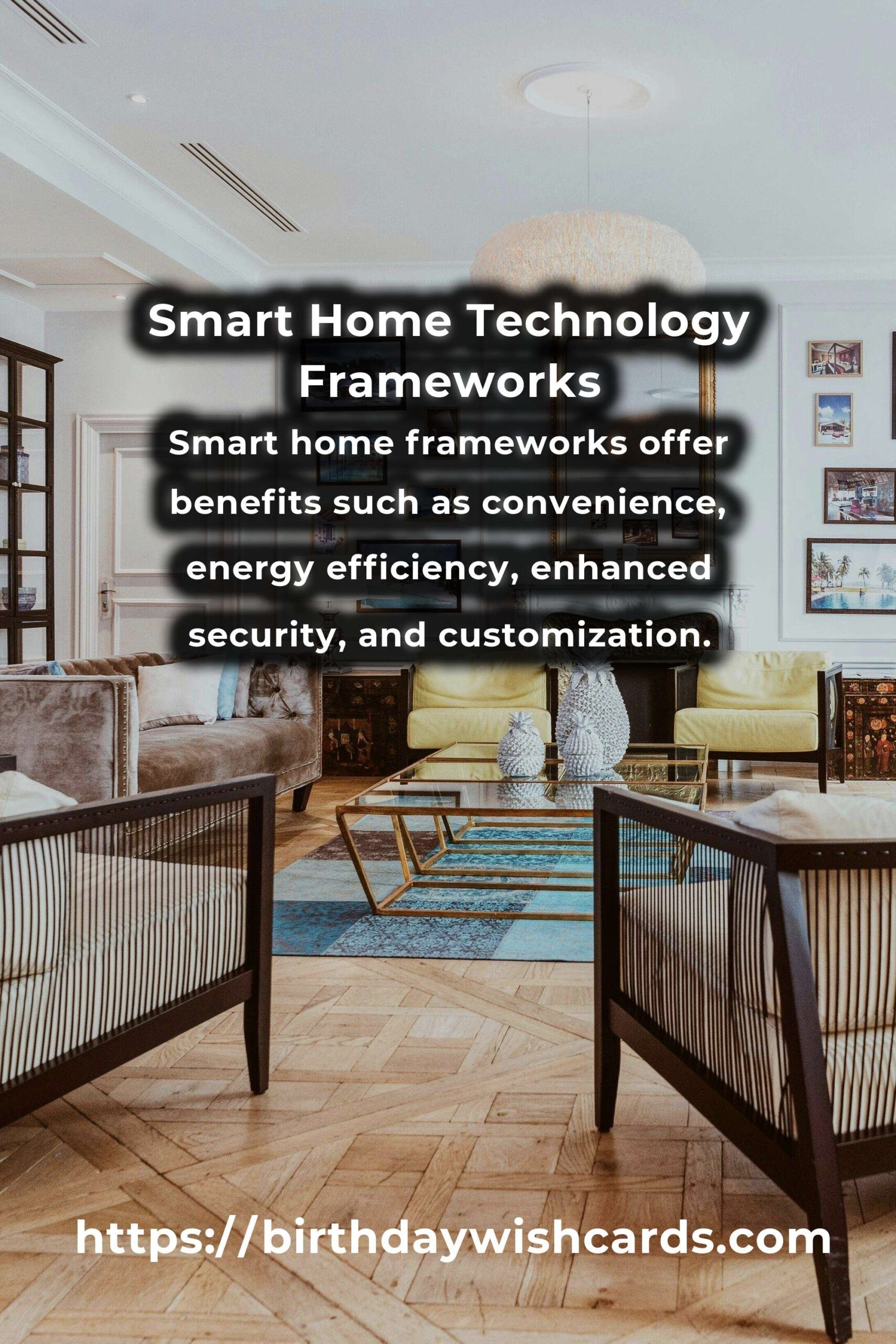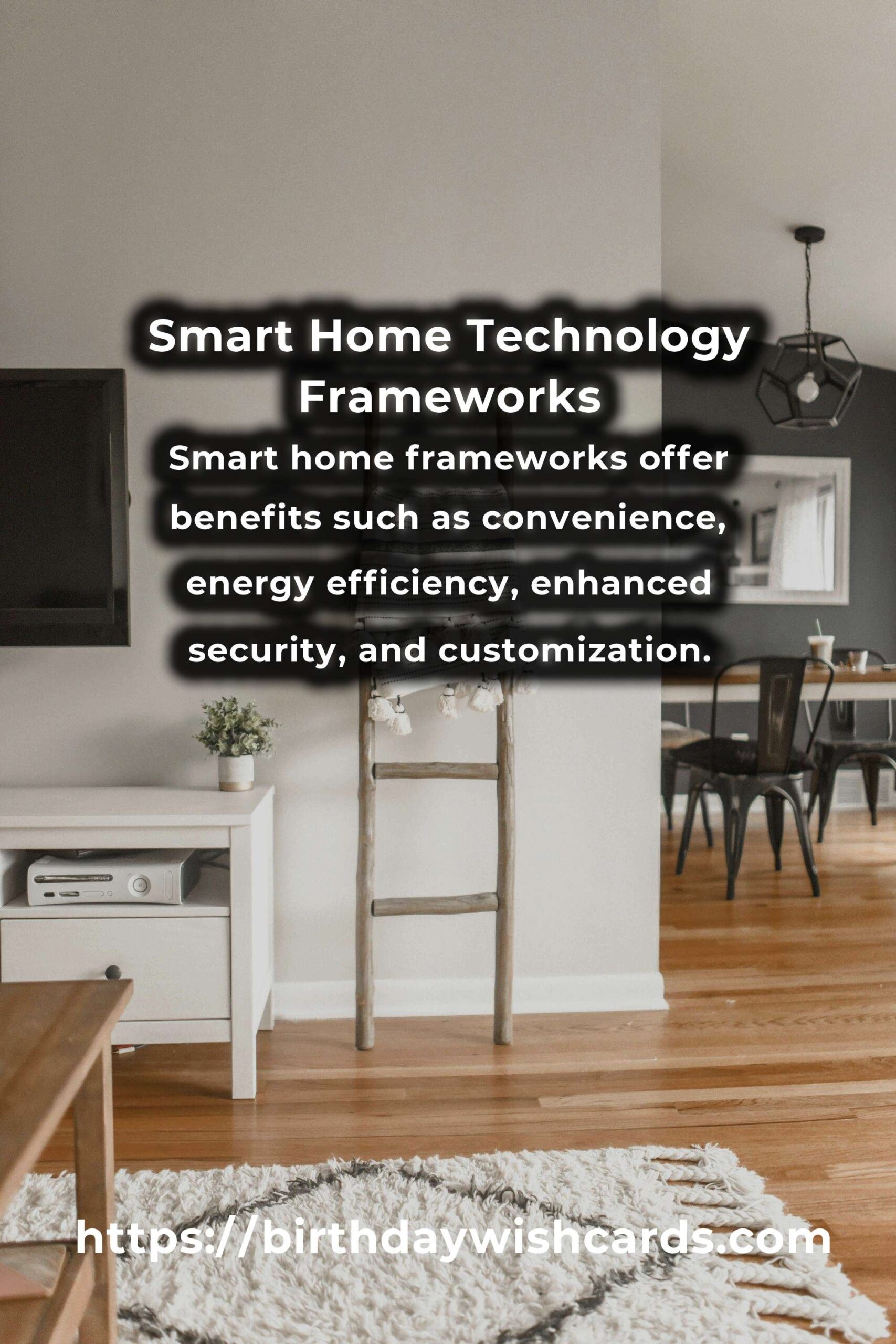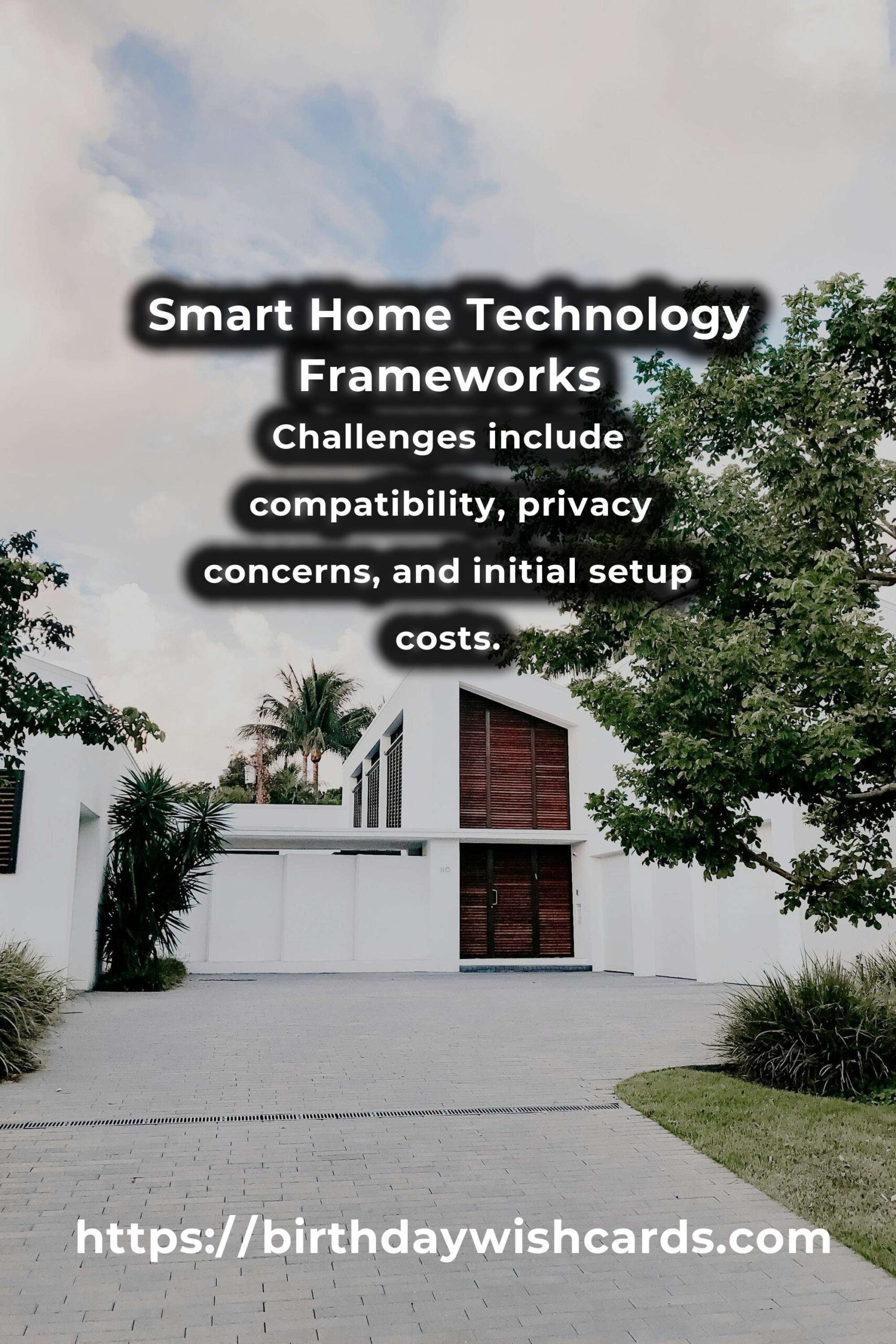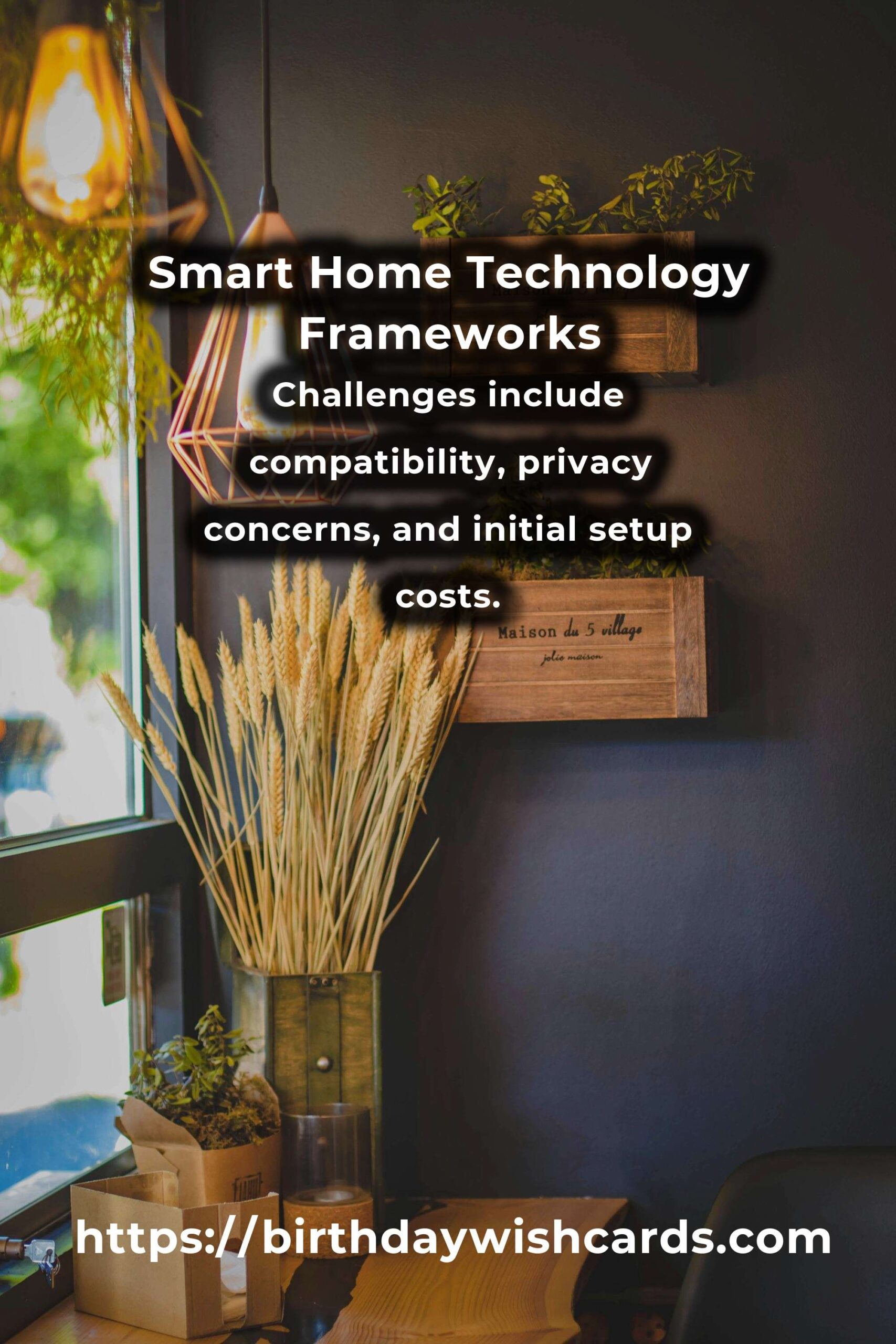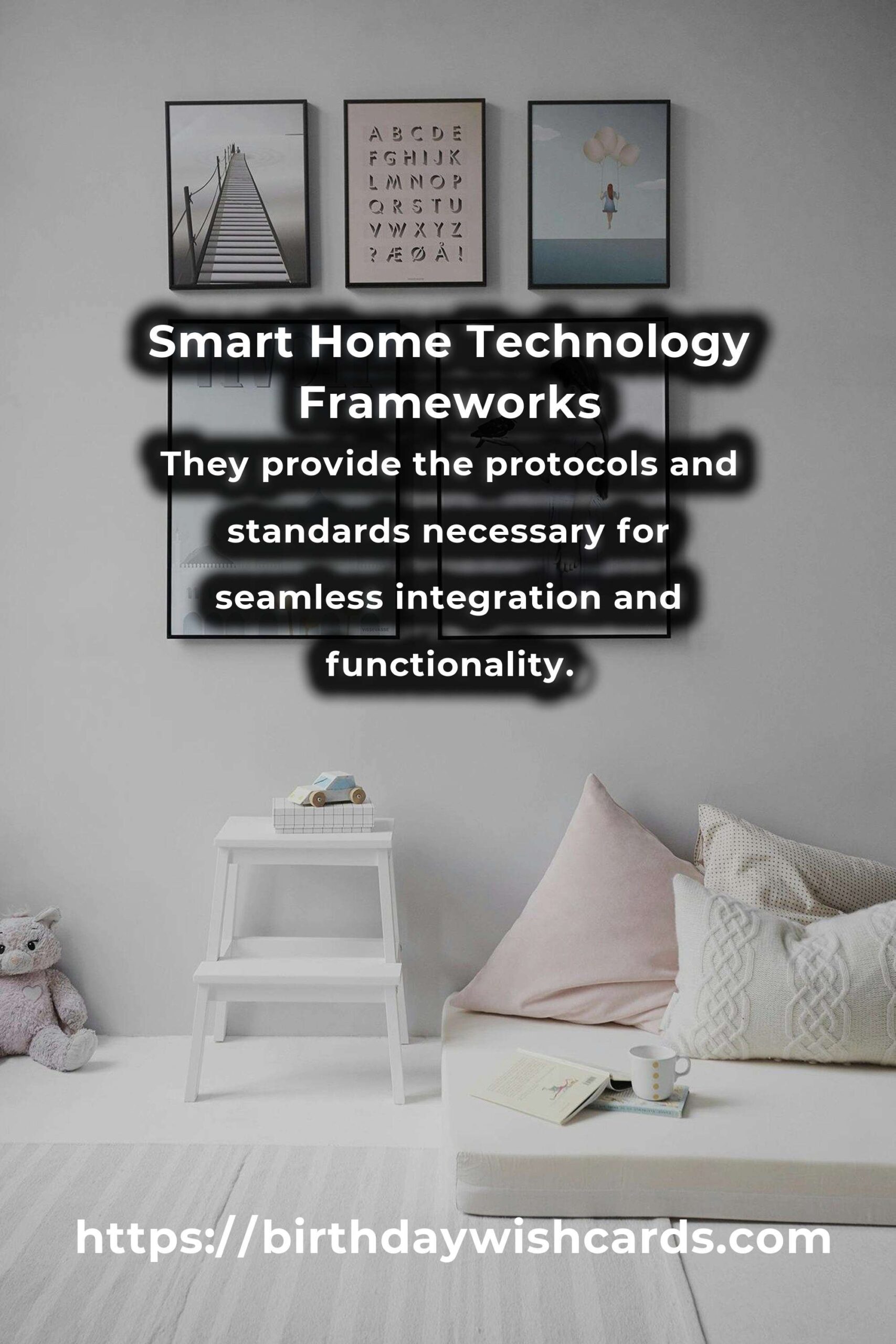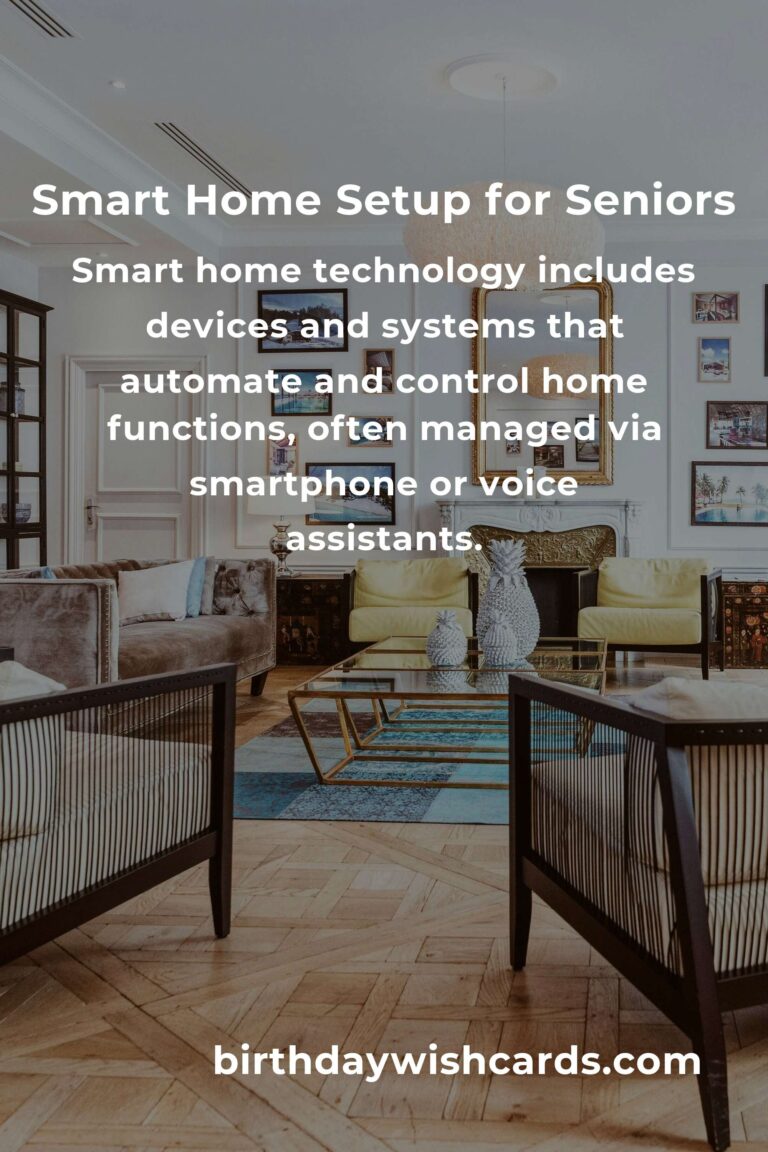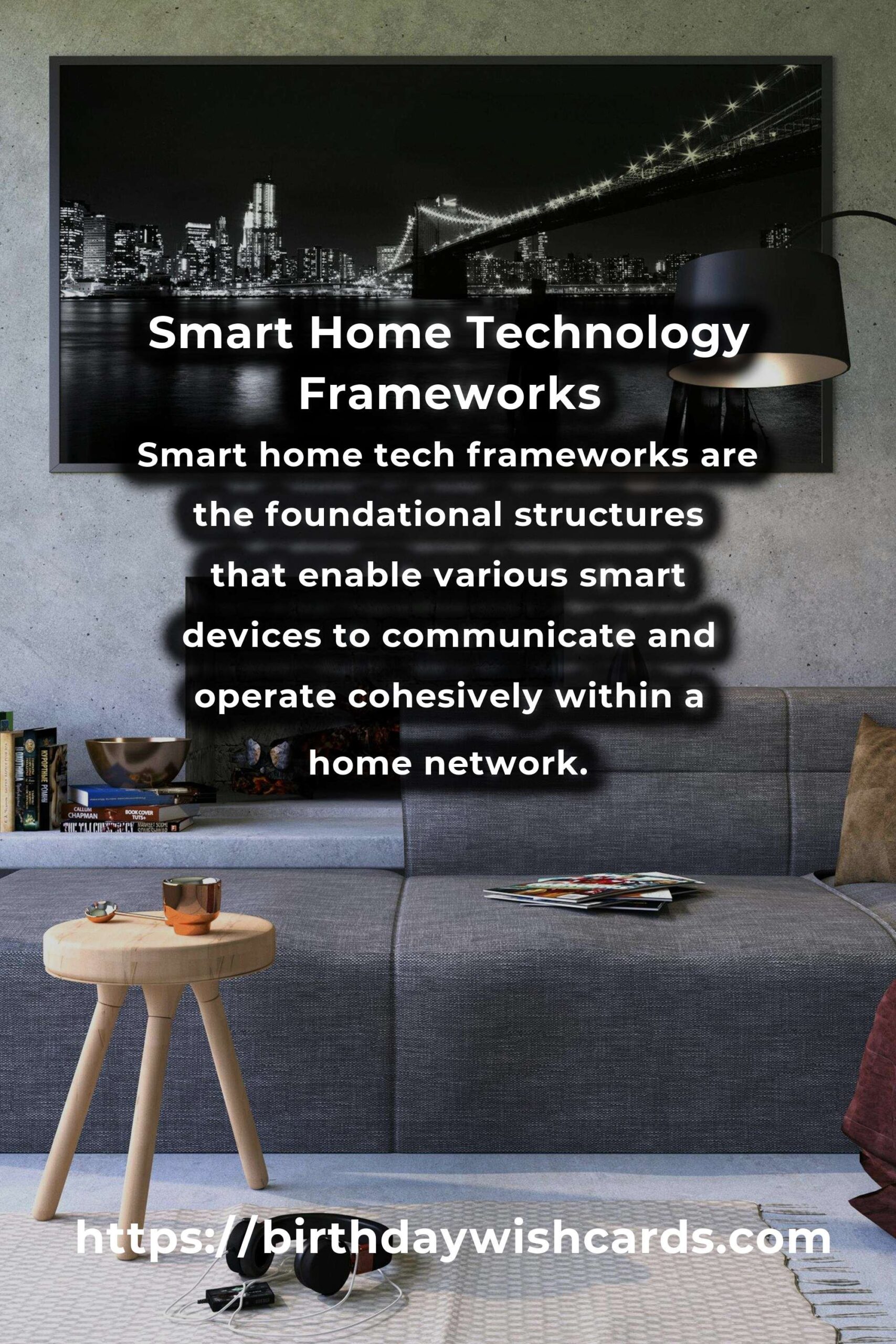
The advent of smart home technology has revolutionized the way we interact with our living spaces. From automated lighting to voice-controlled thermostats, smart home tech frameworks are the backbone of these innovative systems. This article delves into everything you need to know about smart home tech frameworks, including how they work, popular platforms, and their benefits.
What Are Smart Home Tech Frameworks?
Smart home tech frameworks are the foundational structures that enable various smart devices to communicate and operate cohesively within a home network. They provide the protocols and standards necessary for seamless integration and functionality, ensuring that devices from different manufacturers can work together harmoniously.
How Smart Home Tech Frameworks Work
Smart home tech frameworks typically operate using wireless communication protocols such as Wi-Fi, Zigbee, Z-Wave, or Bluetooth. These protocols allow devices to connect to a central hub or directly to each other, facilitating remote control and automation through smartphone apps, voice assistants, or other interfaces.
For instance, when you issue a voice command to your smart speaker to turn on the lights, the framework processes this request, communicates with the smart light bulbs, and activates them accordingly. The framework’s ability to manage and execute such tasks efficiently is what makes smart homes so convenient and user-friendly.
Popular Smart Home Tech Frameworks
Several smart home tech frameworks dominate the market, each offering unique features and compatibility options. Here are some of the most popular ones:
Amazon Alexa
Amazon Alexa is a widely used smart home framework that integrates with a vast array of devices, allowing users to control their smart homes using voice commands. Alexa supports various third-party devices and offers skills that enhance its capabilities beyond basic functions.
Google Home
Google Home, powered by Google Assistant, is another leading smart home framework. It provides robust support for a wide range of smart devices and offers seamless integration with Google’s ecosystem, including Chromecast and Nest products.
Apple HomeKit
Apple HomeKit is designed for users within the Apple ecosystem, providing a secure and user-friendly interface to manage smart devices. HomeKit offers end-to-end encryption and the ability to create complex automation routines through the Home app.
Samsung SmartThings
Samsung SmartThings is known for its versatility and compatibility with a broad range of smart devices. It offers a centralized app to control and automate devices, making it a popular choice for users seeking an all-in-one solution.
Benefits of Smart Home Tech Frameworks
The adoption of smart home tech frameworks offers numerous benefits, including:
- Convenience: Automating daily tasks such as adjusting the thermostat or scheduling lights enhances comfort and efficiency.
- Energy Efficiency: Smart devices can optimize energy use, resulting in lower utility bills and a reduced environmental footprint.
- Enhanced Security: Smart home frameworks often integrate with security systems, providing real-time alerts and remote monitoring capabilities.
- Customization: Users can tailor their smart home setups to meet specific needs, creating personalized automation routines.
Challenges and Considerations
While smart home tech frameworks offer numerous advantages, there are challenges to consider:
- Compatibility: Ensuring that all devices are compatible with the chosen framework can be complex.
- Privacy Concerns: With increased connectivity comes the risk of data breaches and privacy issues.
- Cost: Initial setup costs can be high, although long-term savings typically offset this expense.
Conclusion
Smart home tech frameworks are essential for creating a cohesive and efficient smart home environment. By understanding how these frameworks work and choosing the right one for your needs, you can enhance your home’s functionality, security, and convenience. As technology continues to evolve, smart home frameworks will undoubtedly play an increasingly crucial role in our daily lives.
Smart home tech frameworks are the foundational structures that enable various smart devices to communicate and operate cohesively within a home network. They provide the protocols and standards necessary for seamless integration and functionality. Amazon Alexa, Google Home, Apple HomeKit, and Samsung SmartThings are some popular smart home tech frameworks. Smart home frameworks offer benefits such as convenience, energy efficiency, enhanced security, and customization. Challenges include compatibility, privacy concerns, and initial setup costs.
#SmartHome #Technology #HomeAutomation #SmartDevices

